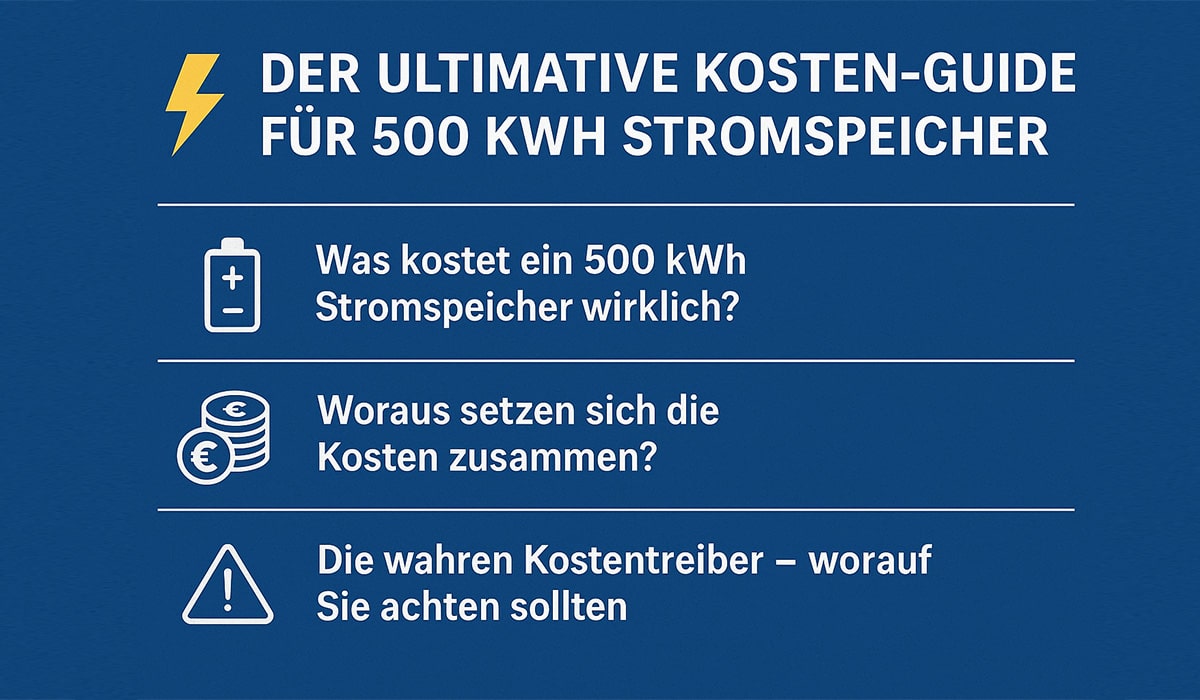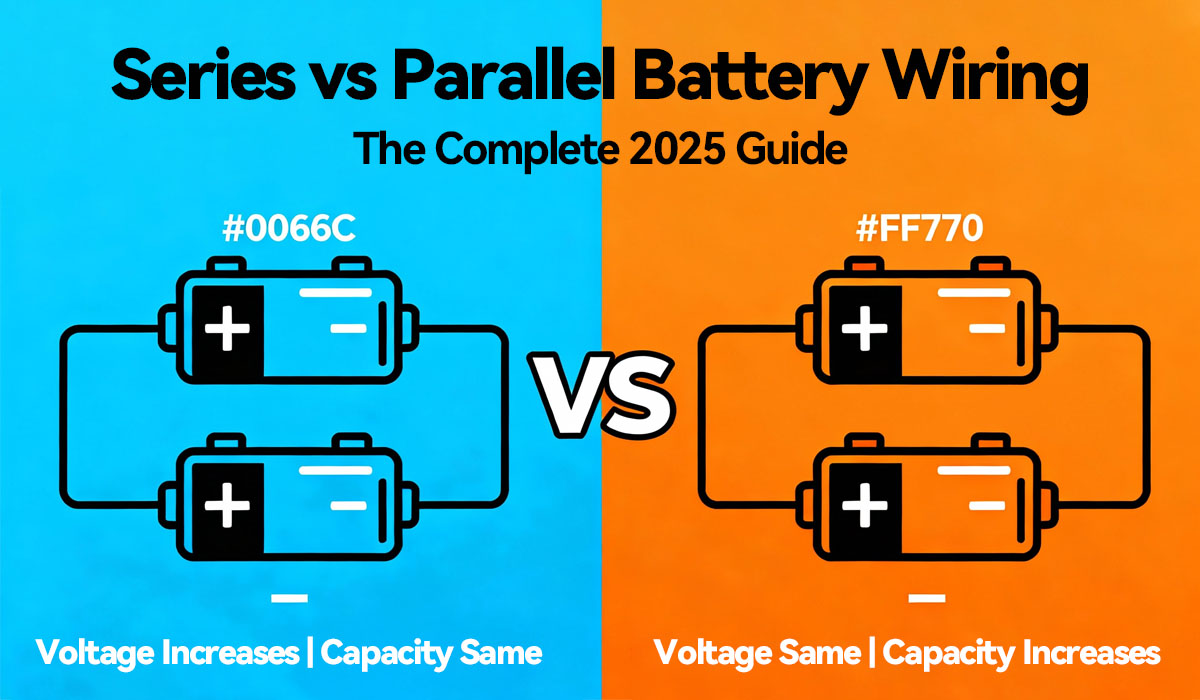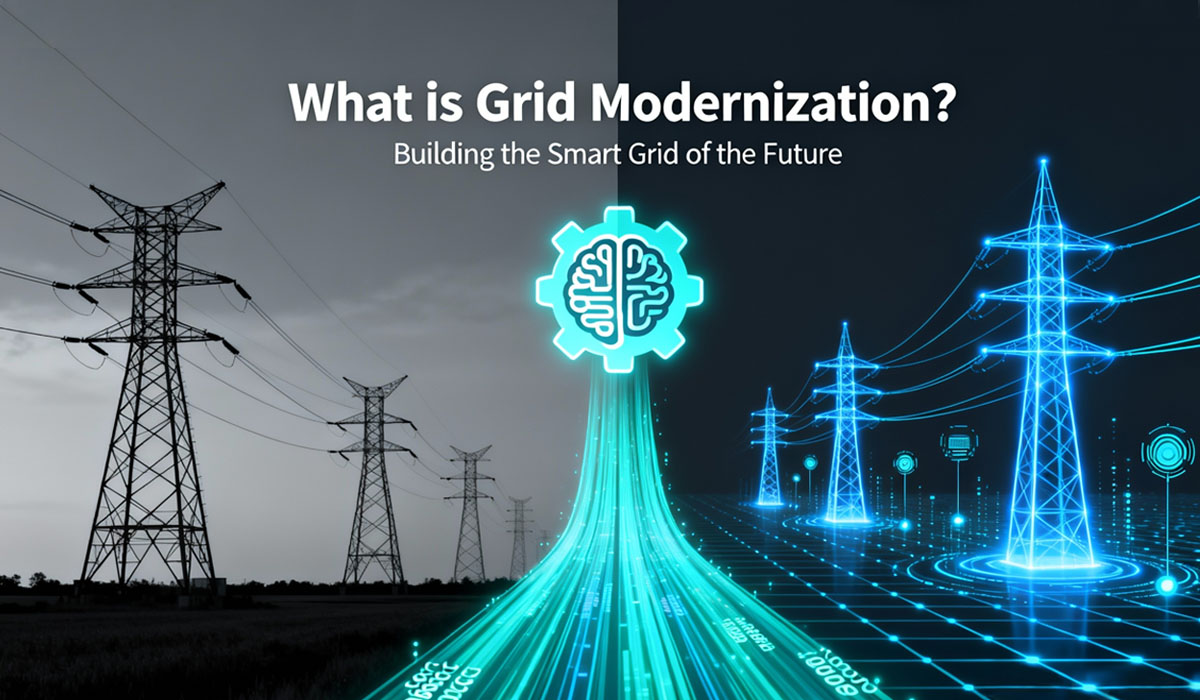Blog
Blog
FTM vs BTM Energy Storage: Key Differences, Benefits, and How to Choose
Published by Dawnice, May 13, 2025
As renewable energy grows, terms like FTM (front of the meter) and BTM (behind the meter) are becoming more common. But what do they mean, and how do they impact your energy choices? Whether you’re a homeowner with solar panels or a business exploring battery storage, understanding these concepts can help you make smarter energy decisions.

What Does BTM Mean?
BTM stands for “behind the meter,” meaning energy systems are installed after the utility meter, directly powering a home or business. These systems prioritize self-consumption, cost savings, and backup power rather than feeding energy back to the grid.
Common BTM Examples:
- ✔ Residential solar + battery systems
- ✔ Commercial battery storage for demand charge reduction
- ✔ Backup power solutions for outages
Who Uses BTM?
- Homeowners with solar panels
- Small businesses cutting electricity bills
- Factories avoiding peak demand charges
Pros of BTM:
- ✅ Lower energy bills – Use stored solar power instead of grid electricity.
- ✅ Energy independence – Keep lights on during blackouts.
- ✅ Demand response earnings – Get paid for reducing grid strain.
Cons of BTM:
- ❌ Limited scale (usually under 10MWh)
- ❌ Requires more user management
What Does FTM Mean?
FTM means “front of the meter,” where large-scale energy systems supply power directly to the grid. These are typically utility-owned projects like solar farms or grid-scale batteries.
Common FTM Examples:
- ✔ Utility solar/wind farms
- ✔ Grid-scale battery storage (100MWh+)
- ✔ Power plants selling energy wholesale
Who Uses FTM?
- Electric utilities
- Government energy projects
- Large industrial users supporting grid stability
Pros of FTM:
- ✅ Stabilizes the grid – Supports renewable energy integration.
- ✅ Massive capacity – Powers entire cities.
- ✅ Earns revenue from wholesale markets
Cons of FTM:
- ❌ Expensive infrastructure
- ❌ No direct backup power for users
Key Differences: Front of the Meter vs Behind the Meter
| Feature | BTM (Behind the Meter) | FTM (Front of the Meter) |
|---|---|---|
| Location | After the meter (user-side) | Before the meter (grid-side) |
| Scale | Small (5kWh–10MWh) | Large (MW to GW) |
| Purpose | Save money, backup power | Grid support, wholesale energy |
| Revenue | Bill savings, VPP programs | Wholesale markets, grid services |
| Best For | Homes, businesses | Utilities, large industries |
Which One Should You Choose?
Pick BTM If You Want:
- Lower electricity bills
- Backup power during outages
- Control over your energy use
Pick FTM If You:
- Operate a utility or large energy project
- Need to stabilize the grid
- Sell energy in wholesale markets
How BTM Systems Can Earn You Money
- Virtual Power Plants (VPPs) – Get paid for sharing stored energy.
- Peak Shaving – Avoid high demand charges.
- Emergency Backup – Prevent costly downtime.
Need a BTM Energy Storage System?
Whether you need a home battery or a commercial storage solution, companies like [Your Company Name] design custom BTM systems for maximum savings. With experience in solar + storage projects worldwide, we help you:
- ? Cut energy costs
- ⚡ Ensure blackout protection
- ? Earn from energy programs
[Contact Us] for a free consultation!
Final Thoughts
BTM puts power in your hands, while FTM strengthens the grid. By understanding their differences, you can choose the best option for your energy goals—whether it’s saving money or supporting clean energy at scale.






